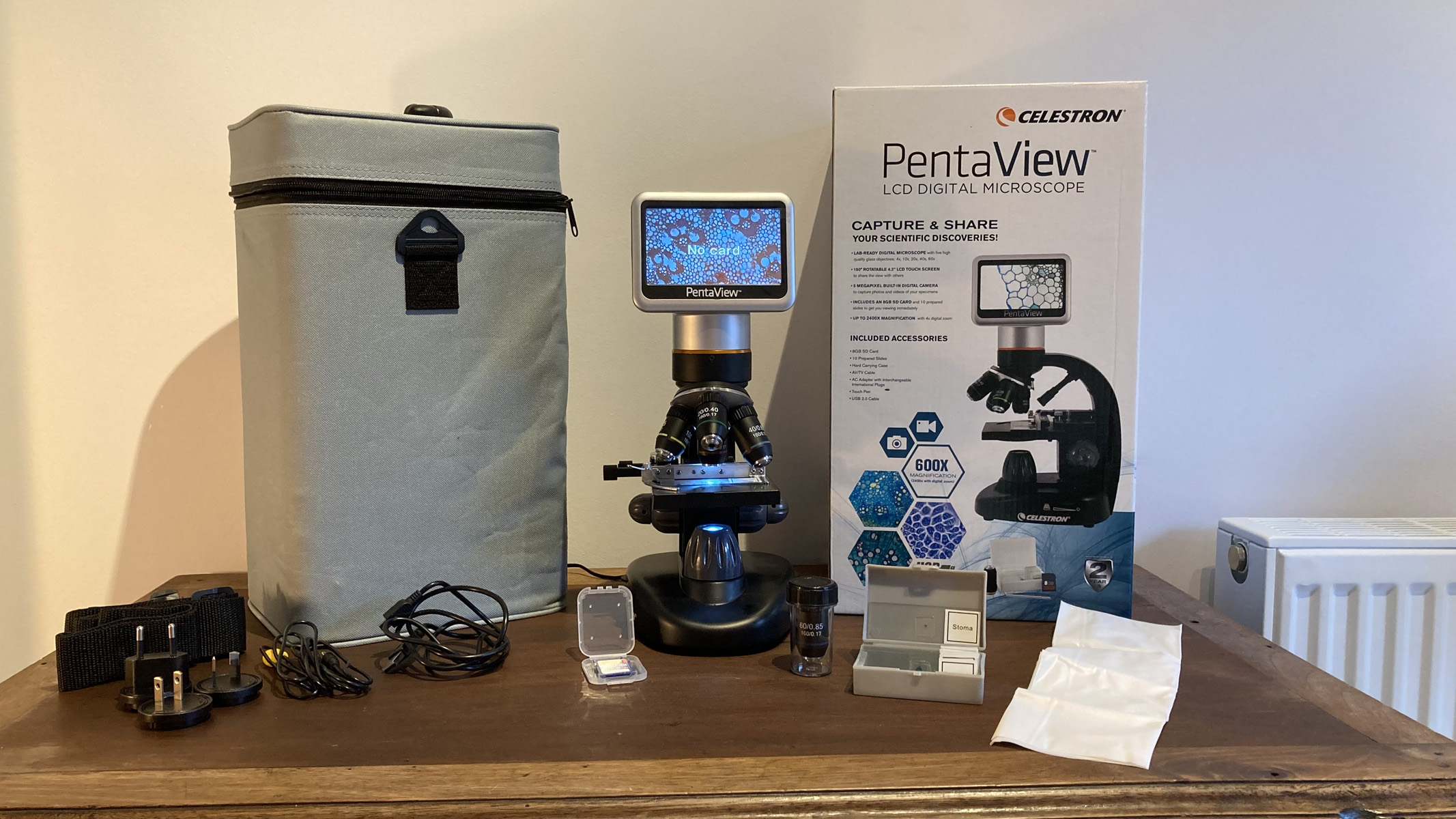Drones, Vol. 8, Pages 662: Influence of the Inclusion of Off-Nadir Images on UAV-Photogrammetry Projects from Nadir Images and AGL (Above Ground Level) or AMSL (Above Mean Sea Level) Flights
Drones doi: 10.3390/drones8110662
Authors: Francisco Agüera-Vega Ezequiel Ferrer-González Patricio Martínez-Carricondo Julián Sánchez-Hermosilla Fernando Carvajal-Ramírez
UAV-SfM techniques are in constant development to address the challenges of accurate and precise mapping in terrains with complex morphologies. In contrast with the traditional photogrammetric processes, where only nadir images were considered, the combination of those with oblique imagery, also called off-nadir, has emerged as an optimal solution to achieve higher accuracy in these kinds of landscapes. UAV flights at a constant height above ground level (AGL) have also been considered a possible alternative to improve the resulting 3D point clouds compared to those obtained from constant height above mean sea level (AMSL) flights. The aim of this study is to evaluate the effect of incorporating oblique images as well as the type of flight on the accuracy and precision of the point clouds generated through UAV-SfM workflows for terrains with complex geometries. For that purpose, 58 scenarios with different camera angles and flight patterns for the oblique images were considered, 29 for each type of flight (AMSL and AGL). The 3D point cloud derived from each of the 58 scenarios was compared with a reference 3D point cloud acquired with a terrestrial laser scanner (TLS). The results obtained confirmed that both incorporating oblique images and using AGL flight mode have a positive effect on the mapping. Combination of nadir image blocks, obtained from an AGL crosshatch flight plan, with supplemental oblique images collected with a camera angle of between 20° and 35° yielded the best accuracy and precision records.

 1 month ago
14
1 month ago
14


